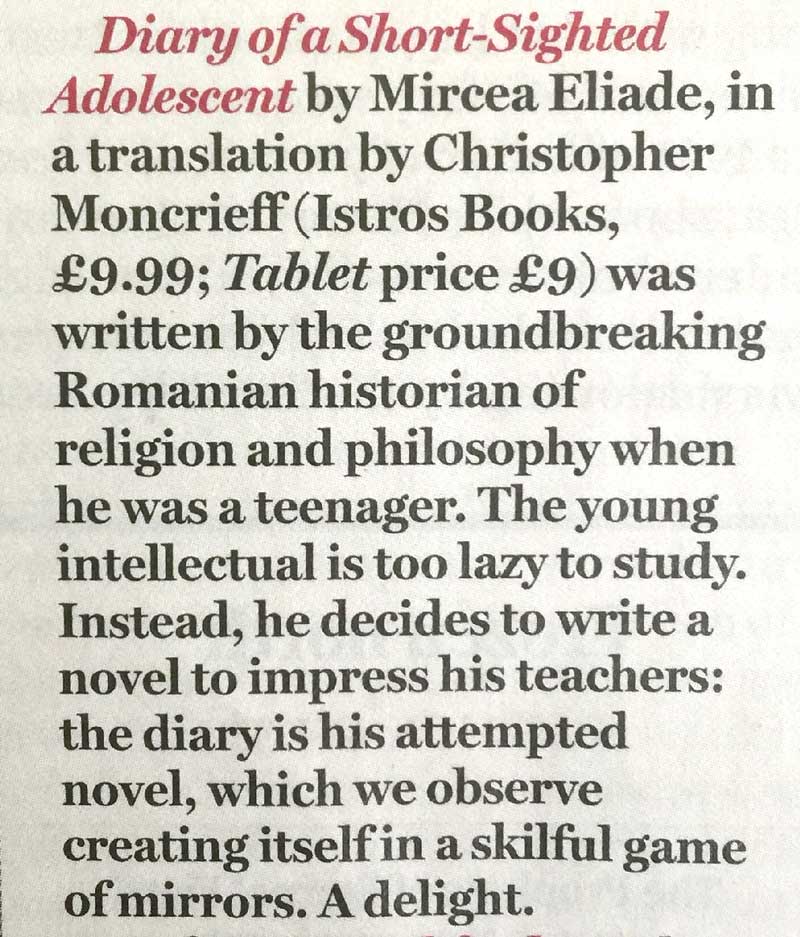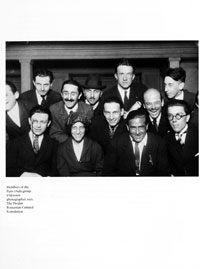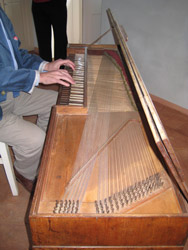|
Winter 2023/4
Foundation sponsors publication of important Romanian Jewish writing  The Foundation has sponsored the publication by Istros Books of three works by the great Romanian-Israeli author Ludovic Bruckstein. Bronstein is an extraordinary storyteller, whose writing reveals a rich world of Jewish history and folklore in long-ago rural Romania. The Trap (published 2019) was the first title to be released. The book comprises two novellas about rural life in the Carpathians depicting the radical changes and challenges in the mid-twentieth century. With an Unopened Umbrella in the Pouring Rain, (published 2021) is a collection of lively short-stories depicting characters from the traditional Maramures region in the lead up to a war that will change everything. The Fate of Yaakov Maggid (published Winter 2023) is a weaving of tales showing the mystery and wisdom of an ancient culture remaining in central Europe a hundred years ago. Visit the Istros web-page on Bruckstein and here for book sales 
Freddie Bruckstein at the book launch of one of his father's books at Conway hall, London. December 2021.
Foundation supports Copaceni Children’s Hospice 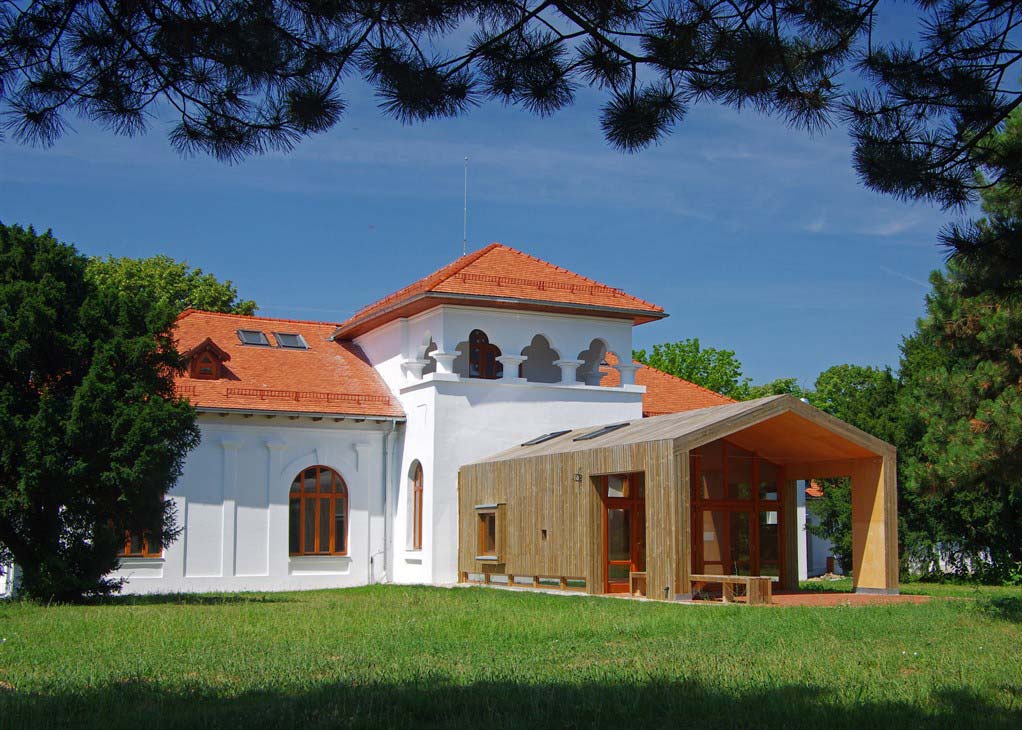 Copaceni Respite and Therapy Centre for Children The Foundation has supported the Christmas 2021 appeal of Hospices of Hope, the inspiring charity that does so much for people living with illness and pain in Romania and other Eastern European countries.
Visit website here.
The contribution made by the foundation will go to sustain vital work with children at the dedicated centre in Copaceni, Romania.
Summer 2021.
Restoration Project supported by the Foundation Wins Prestigious Prize
The restored wooden church at Ursi The restored Wooden Church of Ursi Village, in Romania’s Valcea county, is one of the 2021 winners of the European Heritage Awards/Europa Nostra Awards - the EU prize for cultural heritage funded by the Creative Europe programme. The Romanian project is among the winners of the Conservation category. The Foundation is very proud to be involved with this valuable work The European Commission and Europa Nostra announced the winners of the European Heritage Awards/Europa Nostra Awards 2021 on Tuesday, May 25. Europe’s top honour in the heritage field went to 24 exemplary achievements from 18 European countries, including Romania. The Award winners were selected by independent juries composed of heritage experts from across Europe upon evaluation of candidatures submitted by organisations and individuals from 30 European countries. Read more about the announcement here Summer 2019. Transylvanian and Oltenian Fresco Restoration 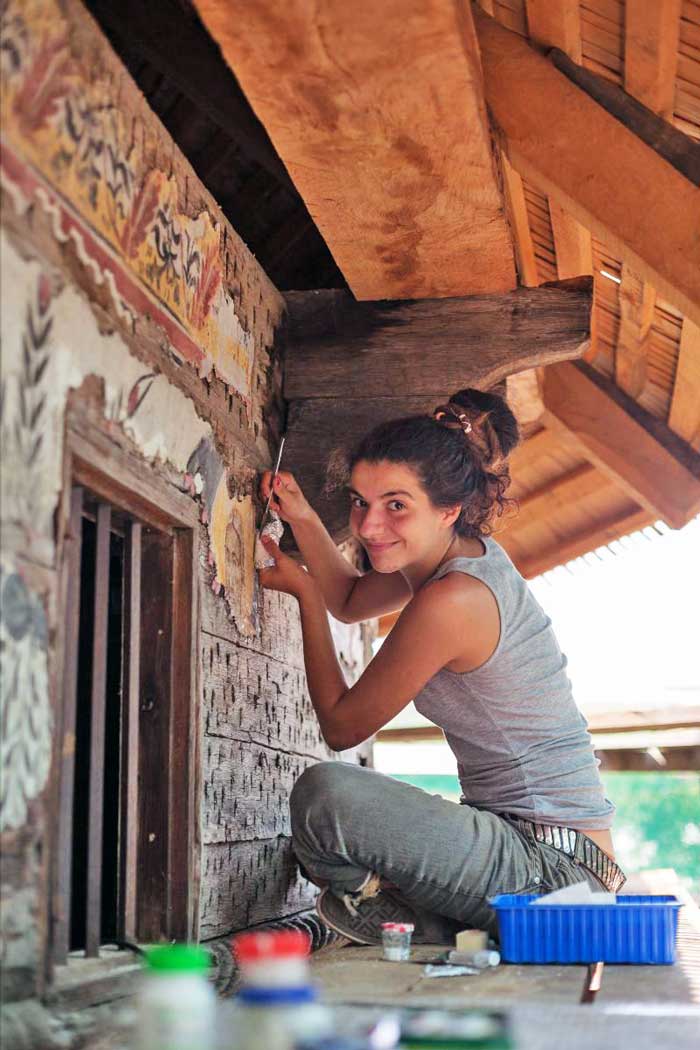 Fresco restoration, Ursi village church, Northern Oltenia
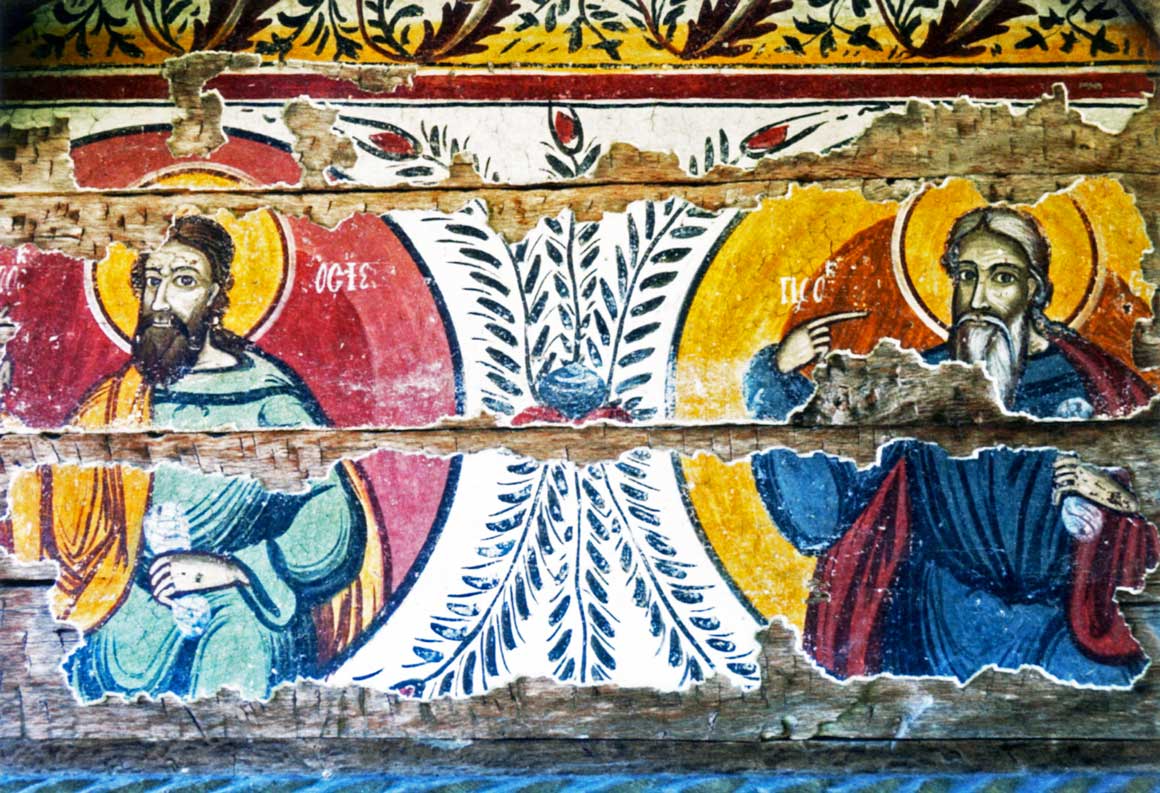 Detail of restored fresco Ursi 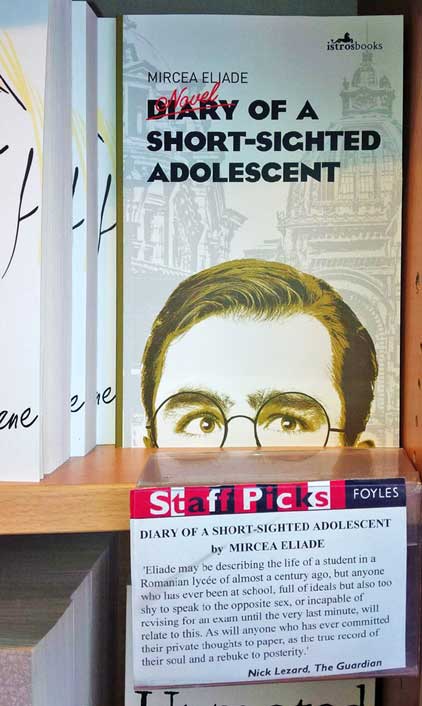 June 2016. The Short-Sighted Adolescent has been selected by a Foyles bookseller as a staff pick of new books.
 The Foundation commissions translation of unpublished Eliade novel
Click here for an appreciative review by Nicholas Lezard of Diary of a Short-Sighted Adolescent, in The Guardian 30.03.2016 Click here for a review in The Irish Times 09.04.16  A Biography of the Legendary Romanian pianist Dinu Lipatti
(1917-1950) The Foundation contributed to the cost of producing the revised and updated paperback edition - A biography of the legendary Romanian pianist Dinu Lipatti (1917-1950).  Victor Brauner, To My Beloved Saşa Pană, 1930. Collection Vladimir Pană
A magnificent survey exhibition of Jewish avant-garde artists from Romania at the Jewish Historical Museum (JHM) opened on 1 June 2011: From Dada to Surrealism, with more than seventy works of art from the period 1910-1938. Most of these works had never been on display before in the Netherlands, or anywhere outside Romania. The Foundation contributed to the cost of making a short film which was broadcast on Dutch television and shown throughout the exhibition.
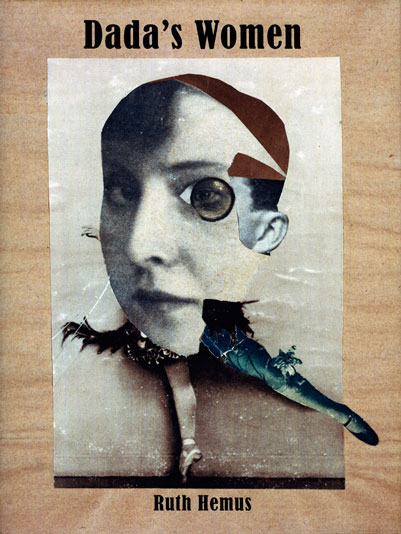 The photograph in the Foundation's collection showing a group of Dada artists, including Celine Arnault, was reproduced in Dada's Women, a book written by Ruth Hemus and published in 2009 by Yale University Press. 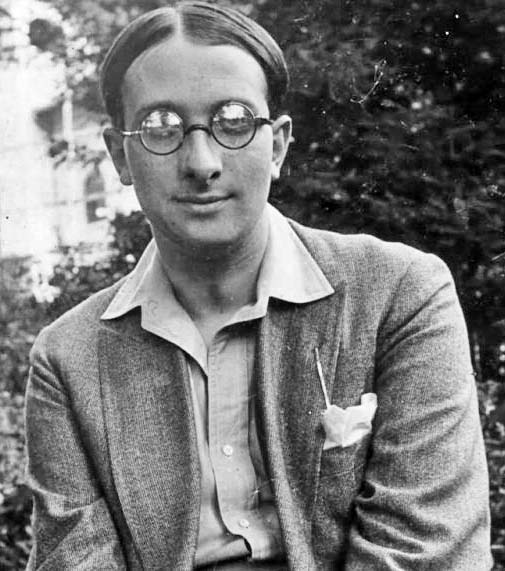 Professor Mircea Eliade Professor Mircea Eliade (1907-1986) was one of the world’s leading authorities on the history of religions. Eliade served as a diplomat for his country for several years. His journal kept during World War II when he was posted in Lisbon at the Romanian Legation was translated from the Romanian by Professor Mac Linscott Ricketts, was published by the State University of New York (SUNY) Press in the USA. This translation and publication was subsidised by the Foundation, to enable translations of key primary source documents of the period, which had never before been made public, to be included. Eliade’s journal and papers for this period fill a hole in our knowledge of the secret political, diplomatic, and espionage intrigues taking place in Lisbon during the Second World War. All historians of the period will find this material useful, and Eliade enthusiasts will be fascinated to learn of the author and scholar’s intimate involvement in such exciting events of his time. 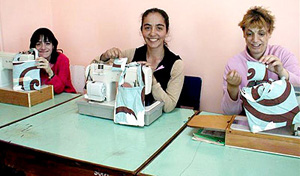 Izabela, Daniela and Lonela working at their sewing machines The Foundation supported disadvantaged children and teenagers at St Laurence’s Centre in Cernavoda Romania who are learning embroidery skills. Both boys and girls, some of whom are affected by HIV, love doing stitching and we provided them with a variety of patterns taken from fabrics and cloths from the collection of Mia Prodan. They are particularly keen to preserve traditional Romanian stitches and patterns. We have also provided five sewing machines and sewing materials. Several of the young people are now able to earn money from their sewing skills and have learned to become independent. A Sewing Workshop Project has been established whereby a qualified sewing teacher trains some of the girls to use sewing machines. They then go on to become part of a co-operative workshop and thus earn their own living.  Lonela with examples of her embroidery There have been two exhibitions of some of the children’s work in England and the sale of their work goes directly to them personally.   The Charity involved is CHILDREN IN DISTRESS www.childrenindistress.org Examples of Romanain embroidery from Mia Prodan's collection can be found in our miscellanea section. 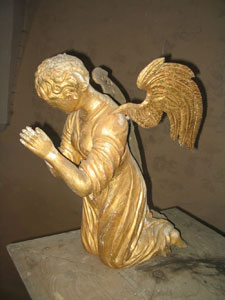  The angel is measured for her podium in Apold Church by the craftsman. The Foundation funded the construction of an angel in the Saxon Church of APOLD in Transylvania. The angel was matched to her twin who still survives on one side of the organ which was built in 1821 by Johann Thois. Restoration of the organ was completed for the 700th anniversary of Apold church in 2009. The Foundation funded the cleaning and stabilising of frescoes in the 14th century church at Malancrav. The frescoes were suffering from the effects of years of humidity and survive from around 1420. This work was undertaken by specialists from Romania using traditional techniques. The church hosts a service every Sunday and occasional concerts take place there. This is one of the most beautiful spots in Romania.
 The clavichord is unsigned and undated, but documents given to the museum with the instrument in the 1920s indicate that it is the work of the Saxon-Transylvanian musician and organ builder, Samuel Maetz of Biertan. It has a case made of local oak, and a compass of five octaves (FF-f 3). Unusually for a five-octave clavichord, it is diatonically fretted, with the D's and A's free. It is thought to date from c. 1825. 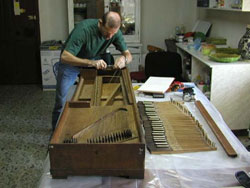 The restoration was carried out in line with the highest modern standards. As far as possible original parts of the instrument were not to be replaced unless absolutely essential and only appropriate materials used. Natural glues and polishes as well as felts and cloths of the type used in the instrument's original construction were used. New wire strings of historically correct specification were fitted, including 24 covered bass strings individually made to pattern. Professor Turck, the harpsichord and organ teacher from the Music Academy in Cluj, visited the laboratory with some of his Romanian students and all took great pleasure in being able to watch the work in progress.  In the above photograph Handy can be seen putting the last of the new strings on the clavichord. Subsequently the listing cloth was fitted and the instrument roughly tuned to pitch. All that remained at this stage were adjustments to the action and some work on the exterior casework. Samuel Maetz was born in Hosman village in 1760 and spent most of his life in Biertan (with one year abroad). During his time in Sighisoara, Edmund Handy took the opportunity to visit Hosman to see the Maetz organ of which there are a number of other examples in the area. Having completed the main body of the clavichord, Handy played a Bach sonata producing, in his words, "...a beautiful tone". Repairs were also completed on the legs, the lid and a new prop stick was made. In April 2007 Master Restorer and Conservationist Edmund Handy emailed us "...Today I finished the work on the clavichord and played a couple of pieces for some of the museum staff. I played a prelude in C by JS Bach, and a folk melody from Transylvania that Zoltan Kodaly heard in the early 20th century. It is probably the first time that it has been played on a clavichord. It wasn't possible to organise any sort of semi-formal recital because the museum had a new exhibition opening. However, this did mean that TV and press turned up and were very excited about the clavichord. There is so much to tell you and I am sad to be leaving Sighisoara; all the people have been so wonderful.” The Trust is most grateful to The Prodan Romanian Cultural Foundation for their grant which enabled this work to be carried out. An article on the clavichord can be found in The British Clavichord Society Newsletter Issue No 31. |
|||||||||||||||
 |
|
||
|
|||

